
Logical Deduction - Verbal and Reasoning
Q1: Statements: All myths are fictions. No fiction is novel. All novels are stories.
Conclusions:
A
Only either I or II and both III and IV follow
B
Only either I or IV and II follow
C
Only either I or IV and both II and III follow
D
All follow
E
None of these
ANS:E - None of these Explanation: III is the converse of first premise and so it holds. All myths are fictions. No fiction is novel. Since both the premises are universal and one premise is negative, the conclusion must be universal negative and should not contain the middle term. So, it follows that 'No myth is novel'. Thus, I follows. No fiction is novel. All novels are stories. Since the middle term 'novels' is distributed twice in the premises, the conclusion must be particular. Since one premise is negative, the conclusion must be negative. So, it follows that 'Some stories are not fictions'. Hence, only I and III follow. |


For help Students Orientation
Mcqs Questions
One stop destination for examination, preparation, recruitment, and more. Specially designed online test to solve all your preparation worries. Go wherever you want to and practice whenever you want, using the online test platform.

